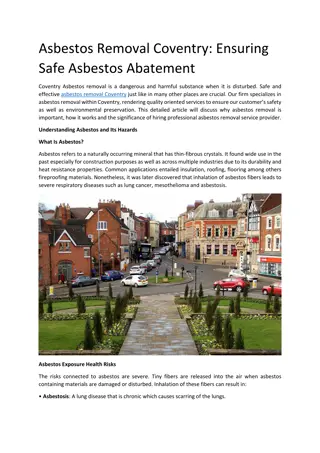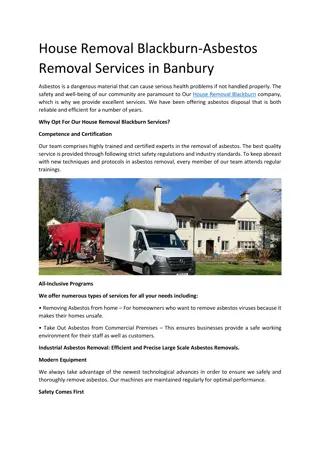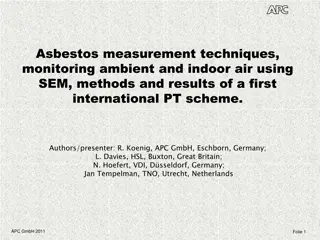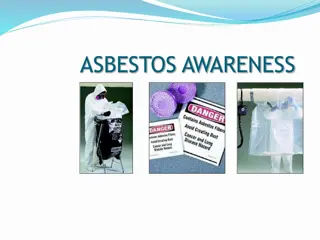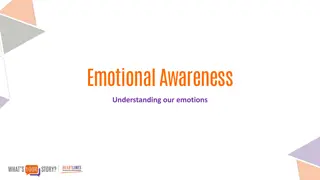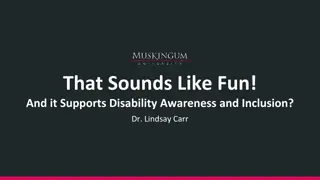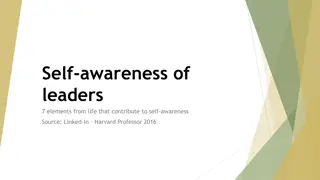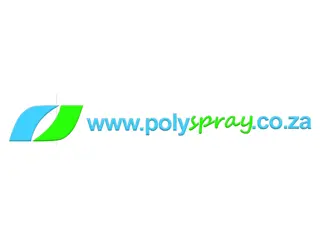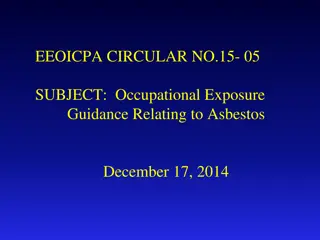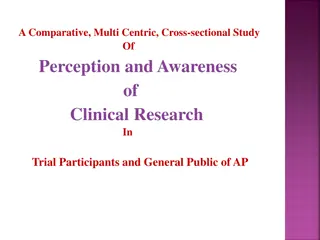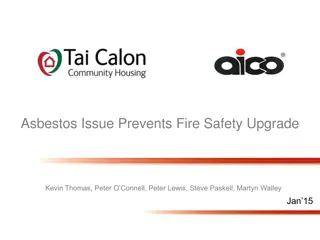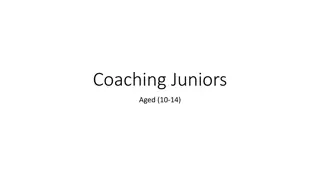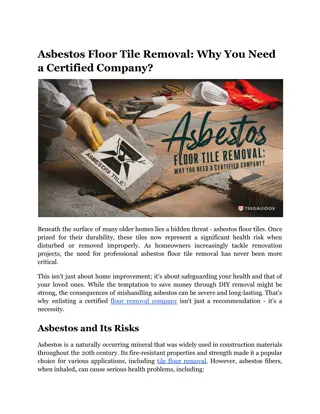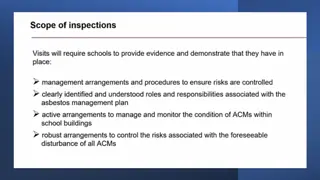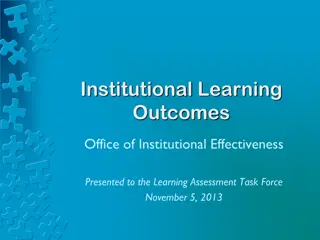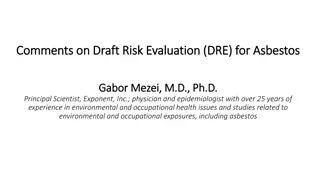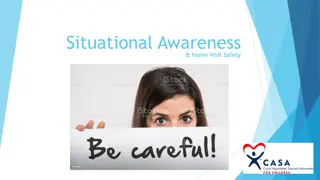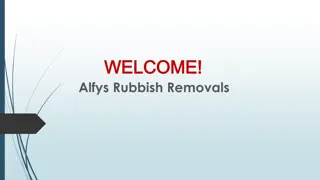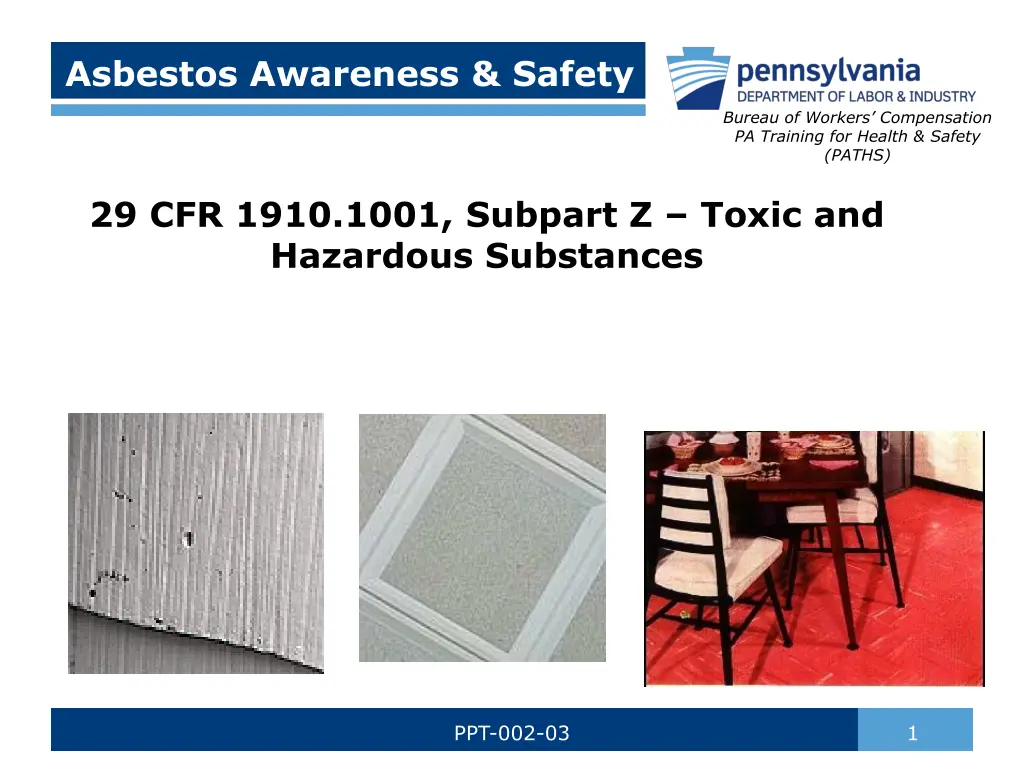
Understanding Asbestos: Types, Risks, and Safety Measures
Discover the key aspects of asbestos including its types, health hazards, materials containing asbestos, and safety precautions. Gain insights on Asbestos-Containing Materials (ACM), potential health effects like lung cancer and mesothelioma, and where asbestos can be found. Enhance your knowledge to ensure safety and awareness regarding asbestos exposure in various industries.
Download Presentation

Please find below an Image/Link to download the presentation.
The content on the website is provided AS IS for your information and personal use only. It may not be sold, licensed, or shared on other websites without obtaining consent from the author. If you encounter any issues during the download, it is possible that the publisher has removed the file from their server.
You are allowed to download the files provided on this website for personal or commercial use, subject to the condition that they are used lawfully. All files are the property of their respective owners.
The content on the website is provided AS IS for your information and personal use only. It may not be sold, licensed, or shared on other websites without obtaining consent from the author.
E N D
Presentation Transcript
Asbestos Awareness & Safety Bureau of Workers Compensation PA Training for Health & Safety (PATHS) 29 CFR 1910.1001, Subpart Z Toxic and Hazardous Substances PPT-002-03 1
Standard Applicability 29 CFR 1910.1001, Subpart Z Toxic and Hazardous Substances This Standard applies to: All occupational exposures to asbestos in all industries covered by the OSH Act Does NOT apply to: Construction work per 29 CFR 1910.12(b). (Construction work is covered in 29 CFR 1926.1101) Ship repairing, shipbuilding and shipbreaking per 29 CFR 1915.4 (Such exposures are covered by 29 CFR 1915.1001) PPT-002-03 2
Topics Types of Asbestos Materials Containing Asbestos Health Hazards Health Effects Potential Locations Risks PPT-002-03 3
Terms ACM: Asbestos-containing material with more than 1% asbestos PACM: Presumed asbestos containing material Fiber: Particulate form of asbestos 5 microns or longer with a length-to-diameter ratio of at least 3 to 1 (3:1). Thermal System Insulation (TSI): ACM applied to pipes, fittings, boilers, breeching, tanks, ducts or other structural components to prevent heat loss or gain PPT-002-03 4
What is Asbestos? Set of six naturally occurring silicate minerals. Has been used commonly in a variety of building construction materials for insulation and as a fire retardant. All have in common their asbestiform habit: long, (1:20) thin fibrous crystals. Ruler indicates 1cm PPT-002-03 5
Types of Asbestos Chrysolite (white): used in insulation, fireproofing, sound proofing. Amosite (brown): used in high friction applications such as brake shoes, clutches. Crocidolite (blue): not as commonly used. PPT-002-03 6
Materials Containing Asbestos Building Materials such as: Roofing shingles Ceiling and floor tiles Paper products Asbestos cement products Friction Products: Automobile clutch Brake pads Transmission parts Heat-resistant fabrics, packaging, gaskets, and coatings PPT-002-03 7
Health Hazards Inhalation of asbestos fibers can cause serious illnesses, including: Malignant lung cancer Mesothelioma (formerly rare cancer) Asbestosis (type of pneumoconiosis) X-ray of Asbestosis; note fibers in lungs PPT-002-03 8
Health Effects Asbestos fibers enter alveoli in lungs, irritate thin membrane. Leaves scar tissue that oxygen can t penetrate. As more alveoli are affected oxygen starvation sets in severe disability or death. Pleura membrane lining in lungs can also be affected. Asbestos fibers may migrate from lungs into pleura causing rare form of cancer. Many harmful effects do not appear for 20 or more years. PPT-002-03 9
Health Effects Smoking can further increase risk from asbestos exposure. Asbestos fibers may irritate lungs = more sensitive to cancer from cigarette smoke. Smokers who ve worked with asbestos face as much as 90 times more risk! People who ve quit smoking after working with asbestos reduce risk of cancer by 50% in 5 years. PPT-002-03 10
When is Asbestos Hazardous? When asbestos-containing materials (ACM) are damaged or disturbed by: - repair - remodeling - - demolition activities Microscopic fibers become airborne and can be inhaled into lungs causing significant health problems. PPT-002-03 11
Potential Locations Thermal system insulation (TSI): furnaces, ducts, boilers, hot water pipes. Sprayed-on/troweled-on surfacing materials on ceilings/walls. Resilient asphalt and vinyl flooring. Suspended ceiling tiles. Fireproof drywall. Fireproof drapes/curtains. PPT-002-03 12
Potential Locations Roofing felts. Shingles. Exterior siding shingles. Sprayed-on fireproofing on metal beams/columns. High temperature gaskets and insulation. PPT-002-03 13
Friable Asbestos Friable asbestos = any asbestos containing material that, when dry, is easily crumbled or pulverized to powder by hand. Common examples: > Acoustic ceilings and tiles. > Many types of plasters. > Wallboard. > Joint compound (or "mud ). > Thermal insulation for water heaters/pipes. PPT-002-03 14
Friable Asbestos Use of asbestos in these products banned by 1978; those already in marketplace remained on shelves used in construction for many years after. Still commonly found in homes/buildings today. PPT-002-03 15
Non-Friable Asbestos Usually found bonded into other materials. Fibers are harder to break down into powder. Can still be released by cutting, grinding, sanding. PPT-002-03 16
Banned Products & Uses Toxic Substances Control Act (TSCA): banned manufacture, importation, processing and distribution in Commerce of certain asbestos- containing products: Corrugated paper Rollboard Commercial paper Specialty paper Flooring felt Regulation continues to ban use of asbestos in products that have not historically contained asbestos, referred to as new Uses of asbestos PPT-002-03 17
Banned Products & Uses Clean Air Act (CAA) Pipe insulation, block insulation for boilers and hot water tanks Spray applied surfacing with more than 1% asbestos Consumer Product Safety Act Asbestos in artificial fireplace embers and wall patching compounds. PPT-002-03 18
Products Not Banned Examples of ACM products not banned include: Pipeline wrap Roofing felt Vinyl floor tile Millboard Cement pipe Automatic transmission components Clutch facings Friction materials Disk brake pads PPT-002-03 19
Damage/Deterioration Always avoid any contact with asbestos containing materials (ACM) that: Disturbs its position or arrangement. Disrupts its shape or renders it friable. Generates any visible debris from it. Visibly damaged, degraded or friable ACM: always an indicator surface debris/dust could be contaminated with asbestos! PPT-002-03 20
Sources of Damage Resulting in Fiber Release: Impact from other objects Exposure to the elements Vibration Fans and blowers Chemical spills, leaks, or fumes PPT-002-03 21
Wet/Water-Logged Exposure to wet/water-logged material possibly containing asbestos doesn t pose the problems exposure to friable asbestos does. Even if wet should still wear PPE = o Tyvek Suit o Goggles/safety glasses o Gloves o Boots PPT-002-03 22
Who is at Risk? Risk increases if: o Your work area contains friable asbestos (e.g. sprayed on insulation). o You work near a construction or renovation area containing asbestos. o You are engaged in maintenance or custodial activities in areas containing asbestos. PPT-002-03 23
Suspect Asbestos Present: Do not disturb! Notify supervisor immediately. Isolate the area. Area/material should be tested by qualified personnel. Material removed & disposed of by qualified abatement personnel. PPT-002-03 24
Remember Be safe when dealing with suspected asbestos. If you re not sure, treat the material as ACM. Protect yourself, use good judgment. Come in safe, go home safe! PPT-002-03 25
Contact Information Health & Safety Training Specialists 1171 South Cameron Street, Room 324 Harrisburg, PA 17104-2501 (717) 772-1635 RA-LI-BWC-PATHS@pa.gov Like us on Facebook! - https://www.facebook.com/BWCPATHS PPT-002-03 26
Questions PPT-002-03 27



